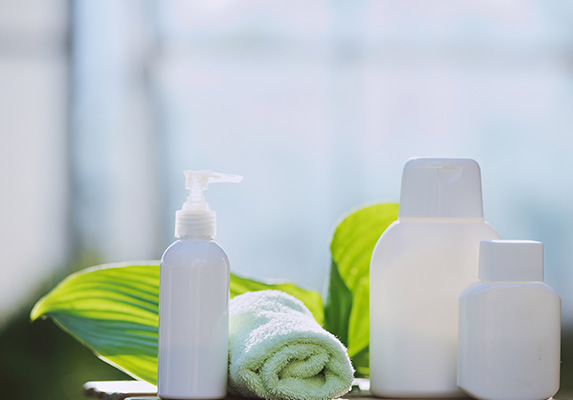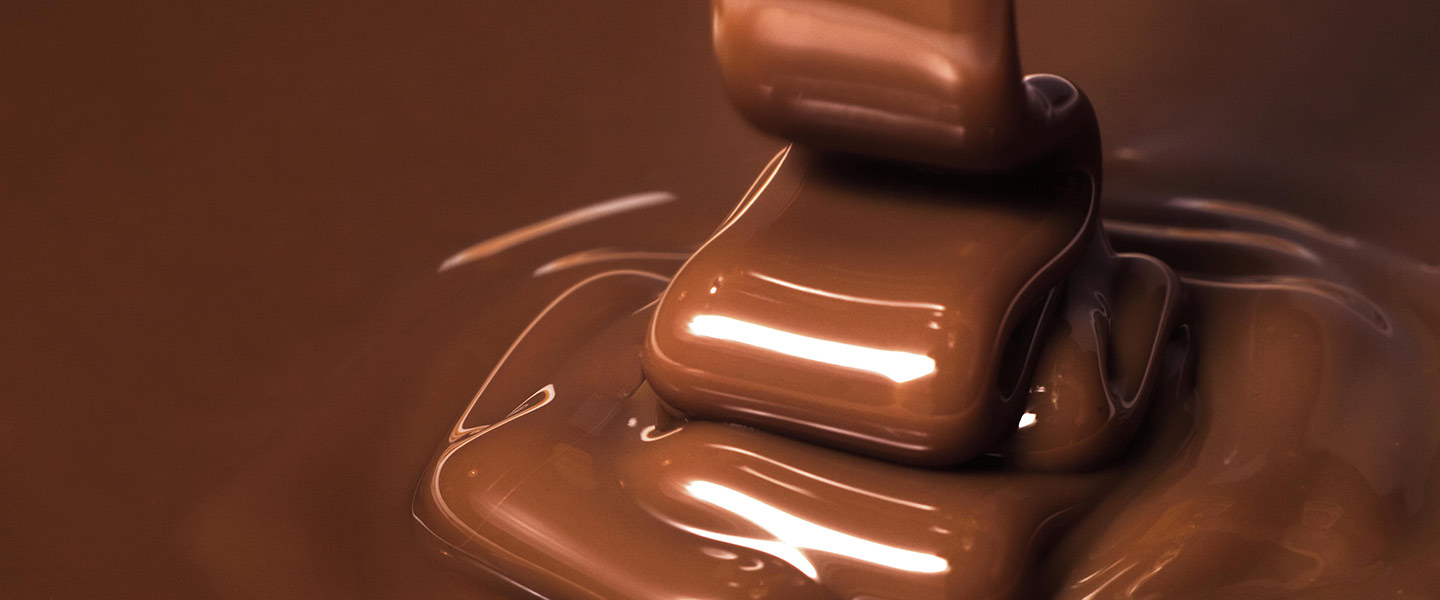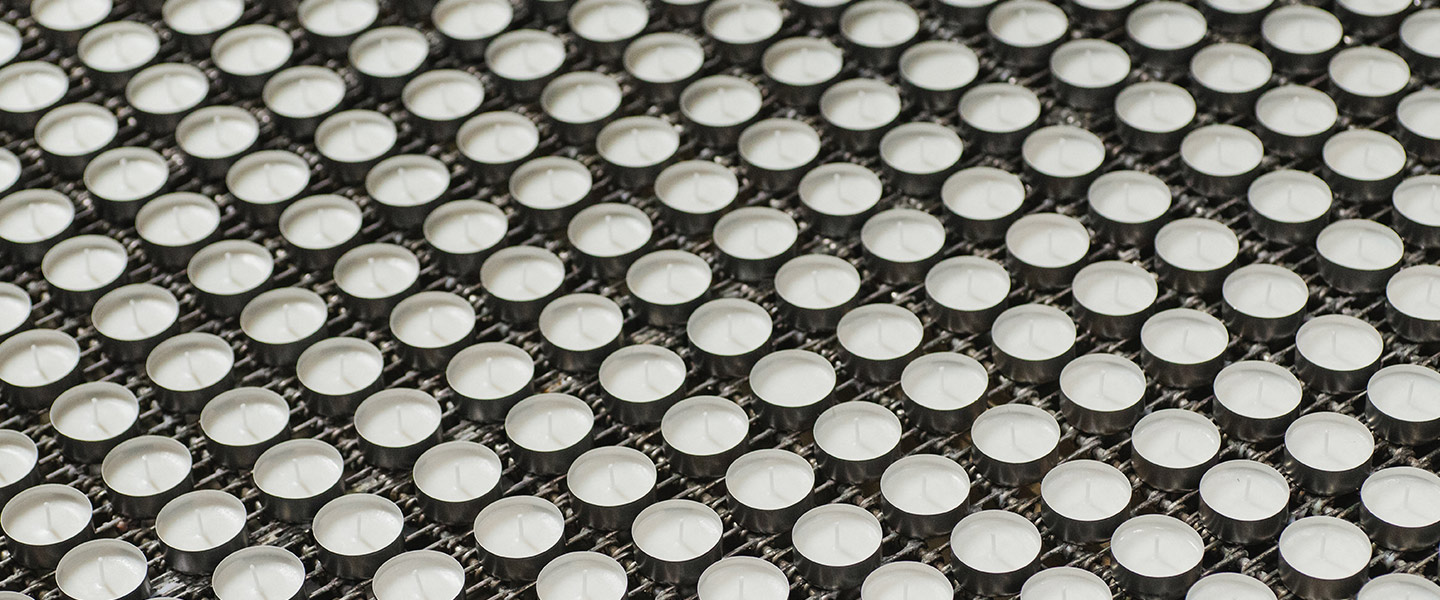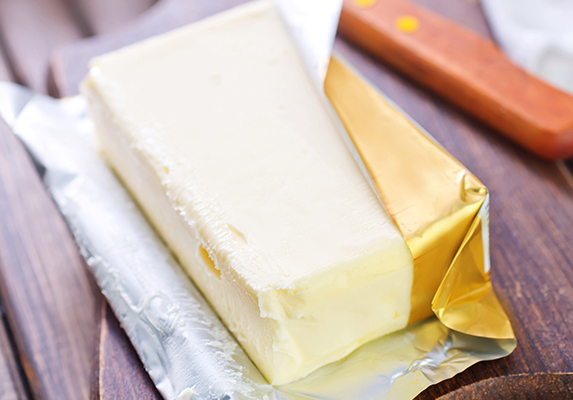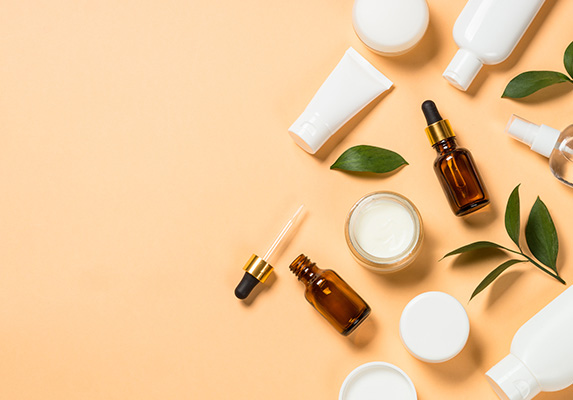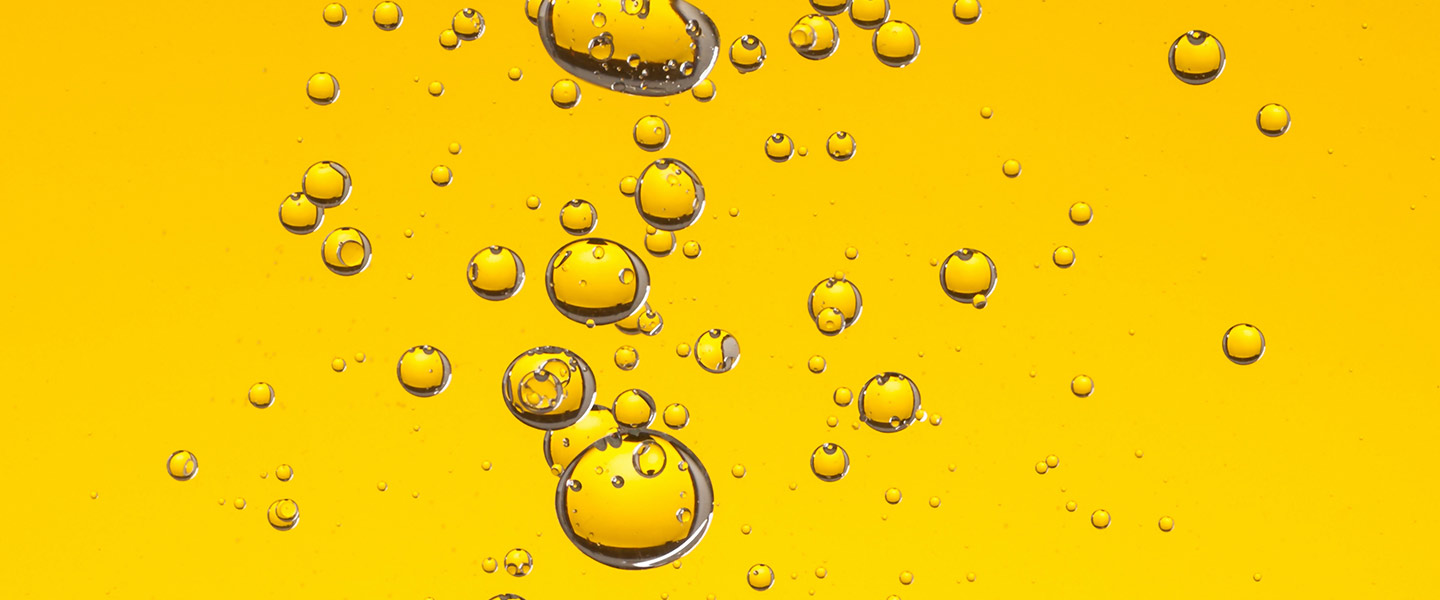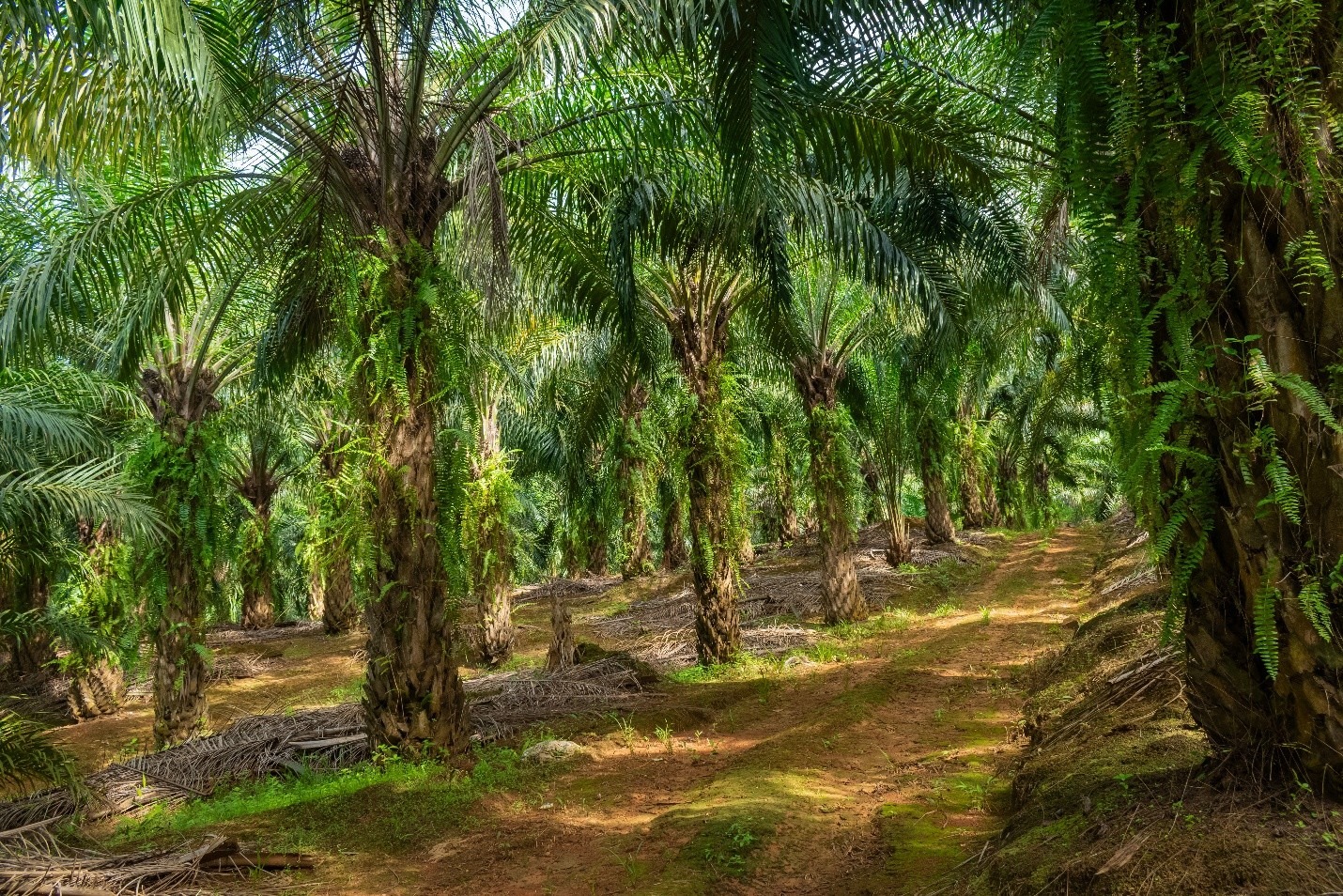- Home
- About Us
- Sustainability
- Products & Applications
Products
- Biodiesel
- Bleaching Earth
- Cooking Oil
- Functional Blends
- Emulsifiers
- Esters
- Fatty Acids
- Fatty Alcohols
- Household Products
- Intermediate Palm Products
- Margarine / Shortening
- Medium-Chain Triglycerides
- Palm Wax
- Refined Glycerine
- Rumen-Protected Fats
- Skin Care
- Soap Noodles
- Specialty Fats
- Specialty Application Oils
- Surfactants
- Vitamin E
Seeds
Applications
- Resources
- Contact Us
- Home
- About Us
- Sustainability
- Products & Applications
Products
- Biodiesel
- Bleaching Earth
- Cooking Oil
- Functional Blends
- Emulsifiers
- Esters
- Fatty Acids
- Fatty Alcohols
- Household Products
- Intermediate Palm Products
- Margarine / Shortening
- Medium-Chain Triglycerides
- Palm Wax
- Refined Glycerine
- Rumen-Protected Fats
- Skin Care
- Soap Noodles
- Specialty Fats
- Specialty Application Oils
- Surfactants
- Vitamin E
Seeds
Applications
- Resources
- Contact Us








